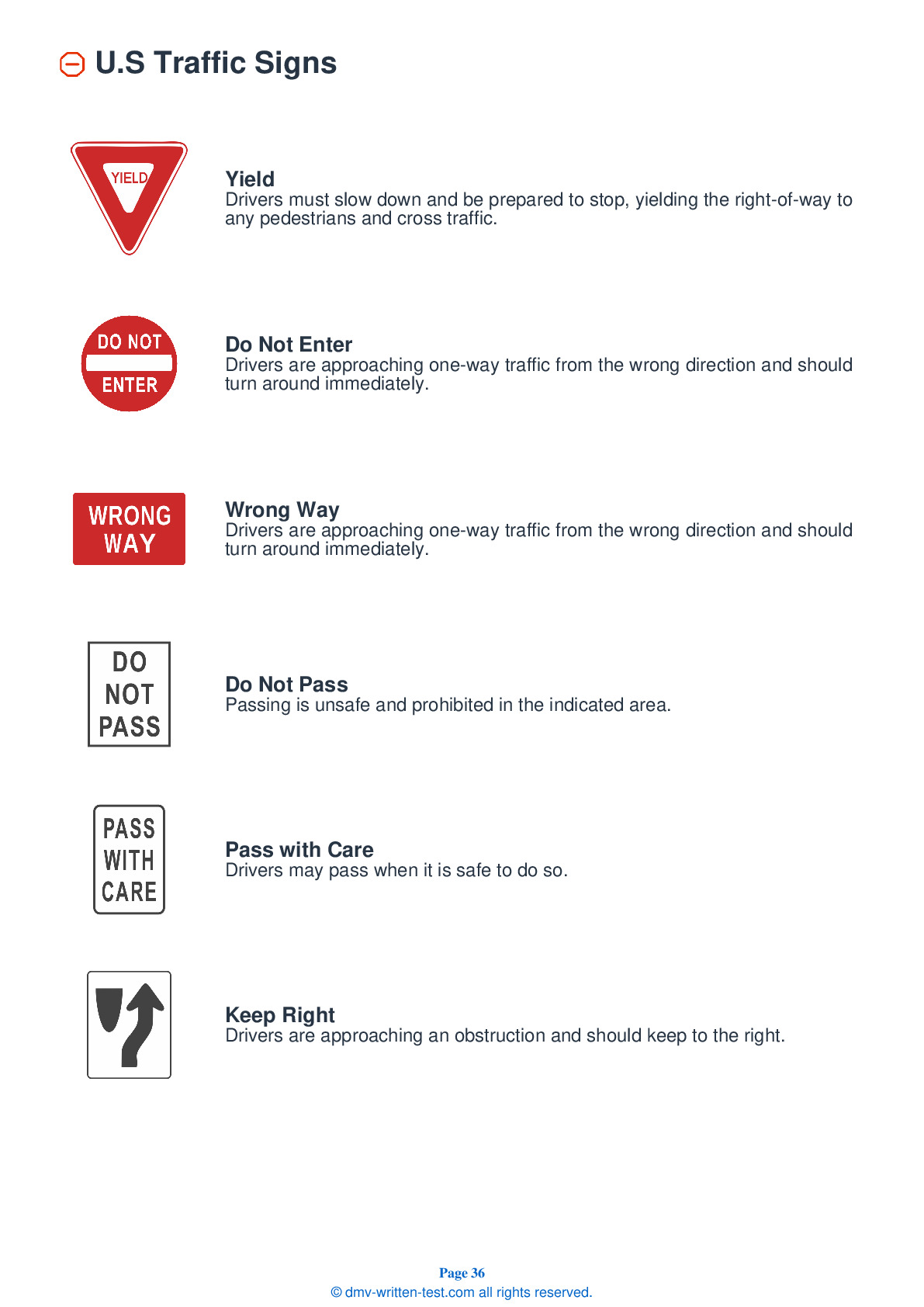2025 Maine Motorcycle Permit Test 16
The following questions are from real DMV written motorcycle permit tests. These are some of the actual permit questions you will face in Maine when getting your motorcycle learners permit. Each motorcycle theory practice test question has three answer choices. Select one answer for each question and select "grade this section." You can find this button at the bottom of the drivers license quiz. For a complete list of questions and answers for Maine please visit https://cheat-sheets.dmv-written-test.com/en/maine/motorcycle.
Number of Tests
Number of Question
Passing Score
8. Which type of sign is yellow with black lettering or symbols?
Explanation
Warning signs are yellow with black lettering or symbols and provide important information to motorists about upcoming road conditions.
9. When it is raining, it is usually best to:
Explanation
Wet pavement is especially slippery when it first begins to rain. Deposits of oil left by cars will not yet have washed off the roadway. If it is raining, it is safest to ride in the tire tracks left by cars. The left tire track will often be your best choice, although this may vary.
10. A person with a minimum blood alcohol concentration (BAC) of ______ is considered legally intoxicated.
Explanation
A person who is age 21 or older with a blood alcohol concentration (BAC) of 0.08 percent or higher is considered legally intoxicated. It is illegal and dangerous to operate any motor vehicle while intoxicated.
11. When it starts to rain, it is usually best to:
Explanation
The center of a lane can be especially hazardous when wet. When it begins to rain, avoid the center of the road by riding in the tire tracks left by cars. The left tire track is often the best option.
12. When you park a motorcycle next to a curb, it should be:
Explanation
When parking a motorcycle next to a curb, you should create at a 90-degree angle with the curb by touching your rear wheel to the curb.
13. If the roadway is slippery, you should:
Explanation
An expanded cushion of space is needed if your motorcycle will take longer than normal to stop. If the pavement is slippery, if you cannot see through the vehicle ahead of you, or if traffic is heavy and another driver may try to squeeze in front of you, open up to a minimum three-second following distance.
14. When crossing railroad tracks that are parallel to the road, you should:
Explanation




